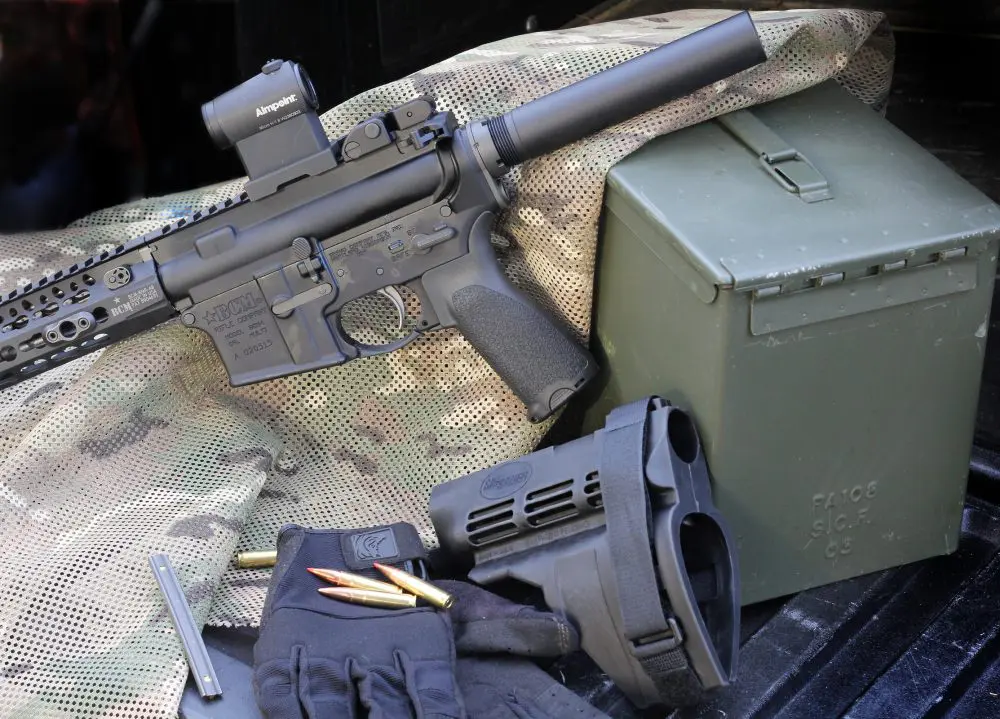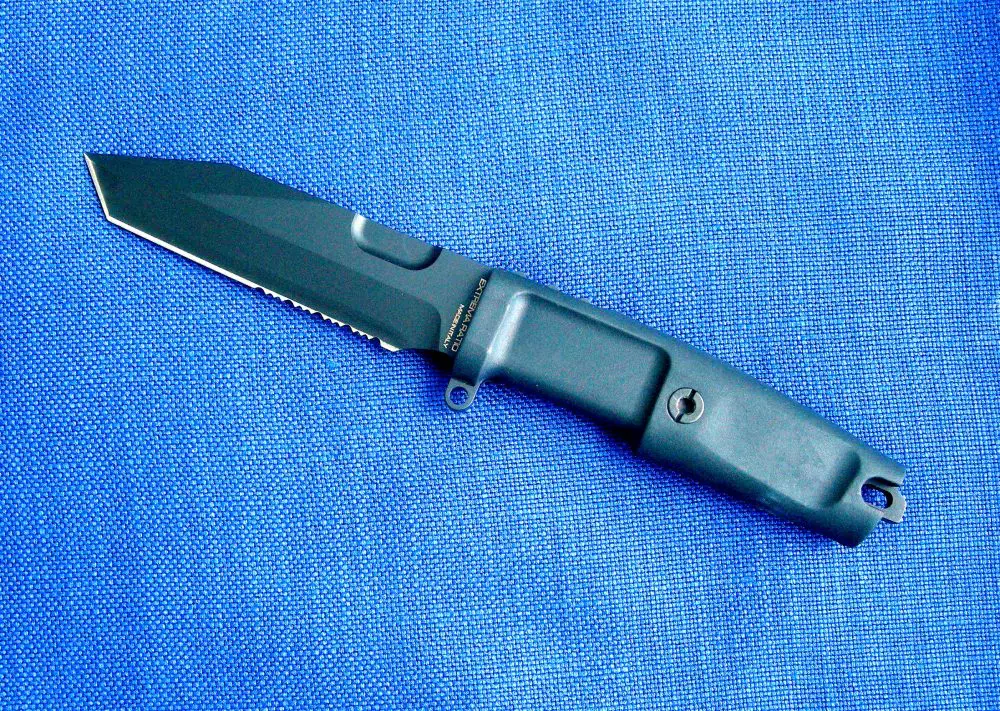A reader recently asked me to comment on a previous article I authored entitled the The Imperfect Machine as it relates to the recent Parkland High School shooting. First and foremost, I wasn’t there. Nor do I have all the details. I can, however, render my take on the situation.
During the many active-shooter courses for law enforcement that I have instructed, I always discuss some caveats. 1. An individual may have the desire to respond to a critical incident and yet lack the mechanical ability and expertise to successfully carry out an appropriate response. 2. An individual may possess the technical expertise and yet, for whatever reason, lack the motivation to respond.
Both motivation and expertise must be in place in order to resolve the situation. Both must be in place to stop the threat. It is highly probable that there will not be a highly trained, experienced officer readily available for backup. It is even more improbable that a fully kitted out SWAT officer will be immediately available. Most probably it will simply be you and, at best, one other. That’s it.
The clock is running.
If one were “on scene” and heard what they determined might be gunshots or fireworks, and this occurs within a school setting, it would be more than appropriate to instantaneously broadcast, “Possible shots fired.”
Whether or not this turned out to be true, all additional units would initiate an immediate response. If it were not to be true, then so be it. If it were true, then the response mechanisms have been set into motion.
The location, direction, and building from which the shots emanated could be broadcast succinctly in nominal time. Waiting for additional units to arrive while shots are at that very moment being discharged and lives are imperiled and lost is simply unacceptable.
It matters not whether the shots originate from within a structure or without—they are still active shots. How many shots can be discharged in seconds or minutes? Am I going to wait two, three, four, five, or more minutes for backup? Policy or not, I am going in. You can deal with me later. Understand that we are dealing with an active shooter. This is not a barricade situation, domestic disturbance, or any of the other innumerable tactical situations we deal with.
This is an active shooter who is injuring and killing, at that very moment, those who cannot protect themselves. This is unique in nature and logically requires a unique response unlike traditional philosophy.
When I joined the LAPD in 1976, no active-shooter policy was in place. Excepting Charles Whitman in Texas, these scenarios simply did not exist in great numbers. Our current age requires a re-thinking of traditional responses to active shooters.
We take an oath to protect those who cannot protect themselves. This is part and parcel of our profession. If you feel this is too much to ask, then take up cupcake baking or some similar non-hazardous profession. Police work is not, nor should it ever be, just a punched time clock and a paycheck.
I have seen my share of such types and I have zero respect for them. If it were my children or yours in that school, what response would you desire from one “on scene” who could counter an active threat? It’s a simple equation. Respond or get out of the way!
Students are at school to learn. They do not possess the ability to effectively counter a deadly force threat. You do. Students may not be tactically proficient. You are. Students have not been trained for such events. You have. Students have not sworn an oath to protect others. You have.
Their lives and safety rest in your hands and yours alone at that precise moment. It is your duty to hazard yourself in the protection of others. This is an irrefutable point of fact and, should you disagree, I sincerely hope you are not in law enforcement.
Massive tactical plans are all fine and good when liberal time frames are afforded. Active-shooter scenarios transpire in minutes or even seconds. Little or no time is allowed to formulate detailed and precise tactical operations. You either respond then and there or you do not. If not, those in peril will not survive.
If you lack the technical proficiency, then train. If you lack proficiency with your firearm, then practice. If you lack the physical ability, then work out. If you lack the motivation to do what your profession demands of you, then quit and let those who are true professionals fill your position.
Wearing a badge does not automatically confer superhuman ability. I am well aware of this. Experience, training, and a desire to perform your job professionally take time and dedication. I am well aware of this as well.
However, even the greenest “slick sleeved” probationer has received more training than a student. You are armed and the students are not. Should you fail in attempting to stop a threat, at the very least you have forced the shooter to deal with you and not a defenseless student.
Some officers might hesitate to act due to legal ramifications. In my personal defending of police officers in shootings, I am very much aware of the questioning, criticisms, second guessing, and frustrations officers experience when split-second decisions and actions are adjudged post-Officer Involved Shooting. This is our legal system, for better or worse.
I for one am glad it is in place and, although not all decisions rendered are exactly what I would necessarily desire, it is still the best system I am aware of. I will additionally state that, by and large, our legal system does support those who act professionally. This is my experience. Personally, I would have gone in!
Scott Reitz is a 30-year veteran of the Los Angeles Police Department and director of the highly acclaimed International Tactical Training Seminars. Course information and schedules are available at their website at www.internationaltactical.com. Scott also co-hosts the Oxygen channel true-crime series It Takes a Killer.





